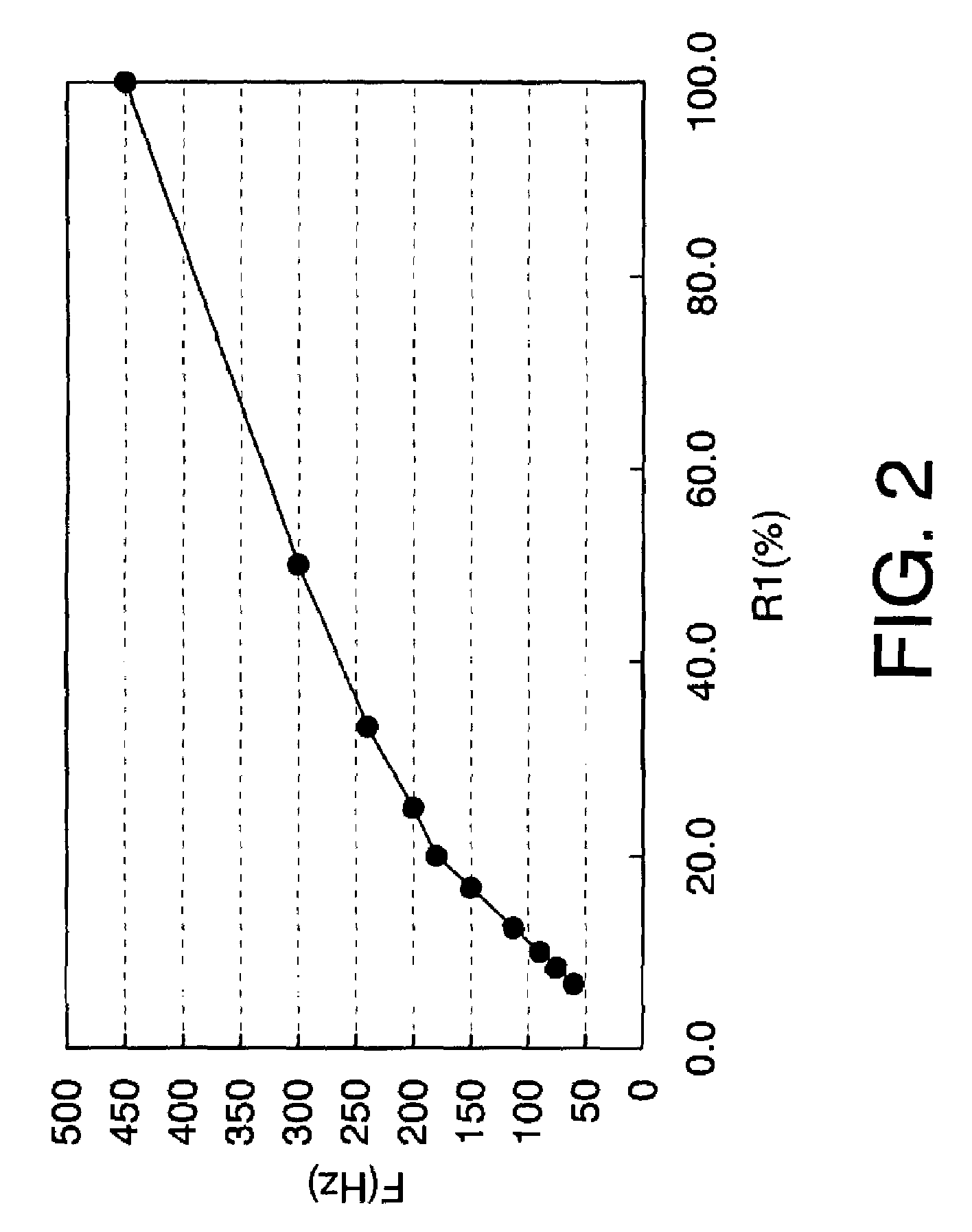Semiconductor display device and driving method
a display device and semiconductor technology, applied in the direction of instruments, computing, electric digital data processing, etc., can solve the problems of reducing image quality, affecting the stability of the device, and affecting the effect of the display device, so as to promote the lattice distortion, improve stability, and shorten the range order
- Summary
- Abstract
- Description
- Claims
- Application Information
AI Technical Summary
Benefits of technology
Problems solved by technology
Method used
Image
Examples
embodiment 1
[0093]Next, a circuit diagram of a pixel in a light emitting device of the invention is described using FIGS. 6A to 6C.
[0094]FIG. 6A is an example of an equivalent circuit diagram of a pixel, which comprises a signal line 6114, a power supply line 6115, a scan line 6116, a light emitting element 6113, TFT's 6110 and 6111, and a capacitor 6112. The signal line 6114 is inputted with a video signal by a signal line driver circuit. The TFT 6110 can control supply of potential of the video signal to a gate of the TFT 6111 in accordance with a selection signal inputted into the scan line 6116. The TFT 6111 can control supply of current to the light emitting element 6113 in accordance with the potential of the video signal. The capacitor 6112 can hold gate-source voltage of the TFT 6111. It is to be noted that the capacitor 6112 is provided in FIG. 6A, however, it may be not provided if the gate capacitance of the TFT 6111 or the other parasitic capacitance are enough to hold the gate-sour...
embodiment 2
[0098]In this embodiment, timing of appearing each subframe period is described in the case of the driving method described in FIG. 4.
[0099]FIG. 7 is a timing chart for the case of a 4-bit gray scale display using the driving method shown in FIG. 4. In FIG. 7, the horizontal axis indicates the length of subframe periods SF1 to SF9 within one frame period, and the vertical axis indicates the selection sequence of scan lines. The length ratio of the subframe periods SF1 to SF9 is set to be 1:1:1:1:1:2:2:3:3 sequentially from SF1.
[0100]When each subframe period starts, video signal input is performed per pixels for one row sharing the scan line. After the video signal is inputted into the pixel, a light emitting element emits light or no light in accordance with data of the video signal. The light emitting element in each pixel keeps the light emission or non-light emission in accordance with data of the video signal until the next subframe period starts.
[0101]It is to be noted that in...
embodiment 3
[0103]In this embodiment, a cross-sectional structure of a pixel where a transistor for controlling current supply to a light emitting element is a P-channel type is described using FIGS. 8A to 8C. Note that, in this specification, one of the anode and the cathode of the light emitting element, of which potential can be controlled by a transistor, is referred to as a first electrode, and the other is referred to as a second electrode. Description is made on the case where the first electrode is the anode and the second electrode is the cathode in FIGS. 8A to 8C, however, it is possible that the first electrode is the cathode while the second electrode is the anode as well.
[0104]FIG. 8A is a cross-sectional view of a pixel where a transistor 6001 is a P-channel type and light from a light emitting element 6003 is extracted from a first electrode 6004 side. The first electrode 6004 of the light emitting element 6003 is electrically connected to the transistor 6001 in FIG. 8A.
[0105]The...
PUM
 Login to View More
Login to View More Abstract
Description
Claims
Application Information
 Login to View More
Login to View More - R&D
- Intellectual Property
- Life Sciences
- Materials
- Tech Scout
- Unparalleled Data Quality
- Higher Quality Content
- 60% Fewer Hallucinations
Browse by: Latest US Patents, China's latest patents, Technical Efficacy Thesaurus, Application Domain, Technology Topic, Popular Technical Reports.
© 2025 PatSnap. All rights reserved.Legal|Privacy policy|Modern Slavery Act Transparency Statement|Sitemap|About US| Contact US: help@patsnap.com



